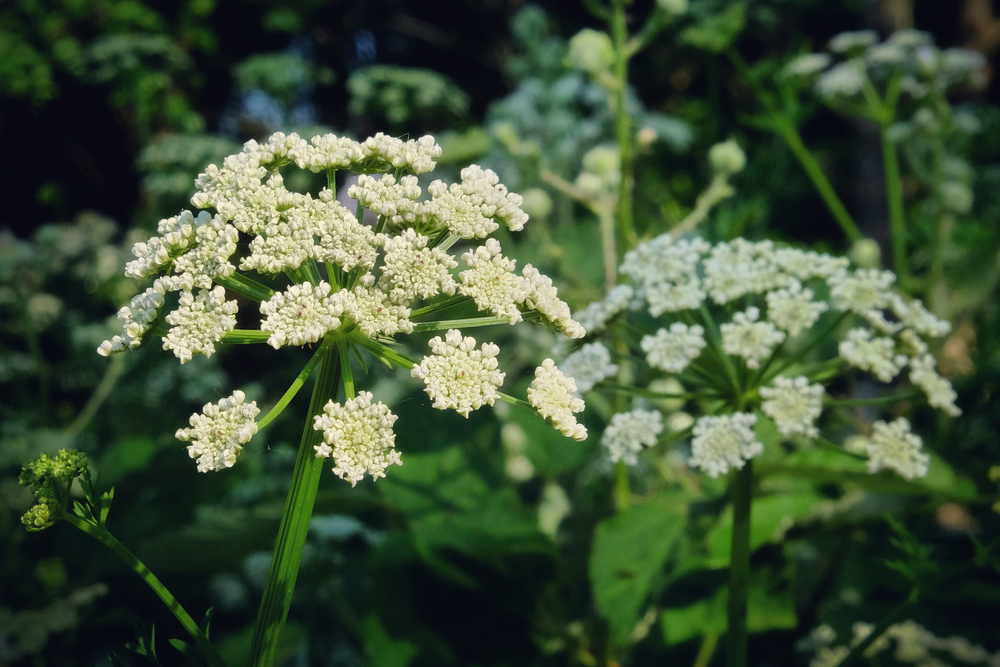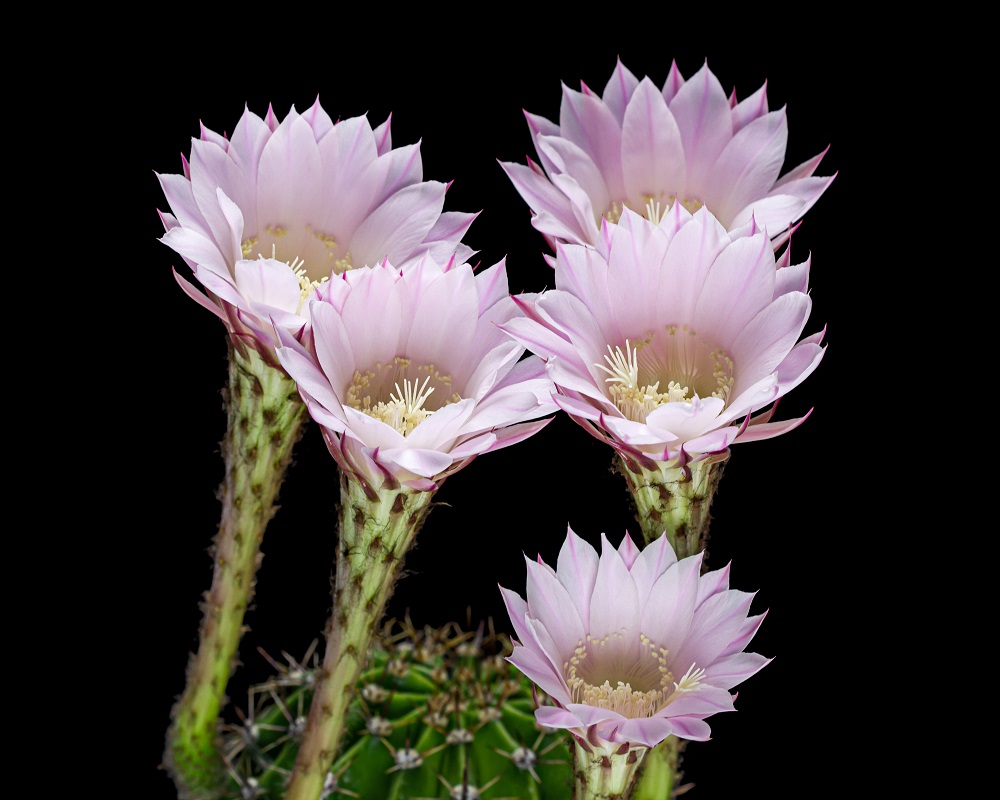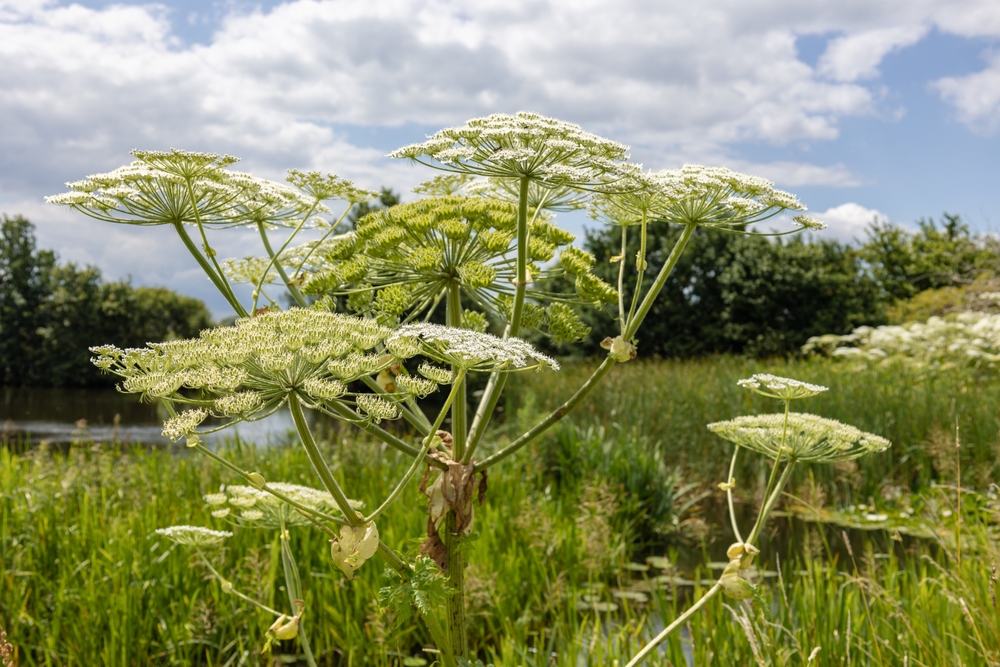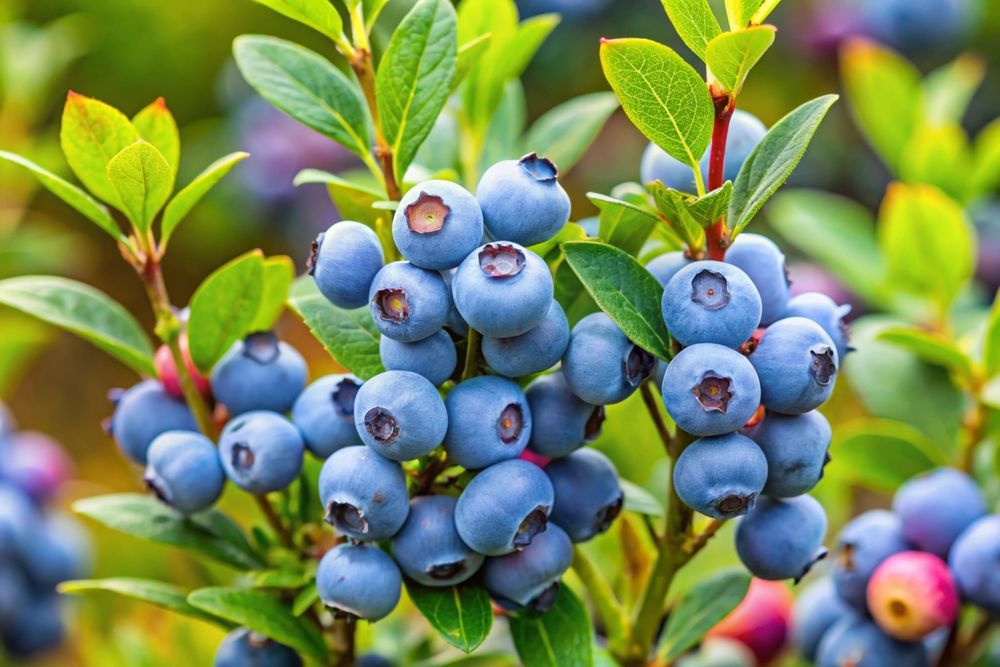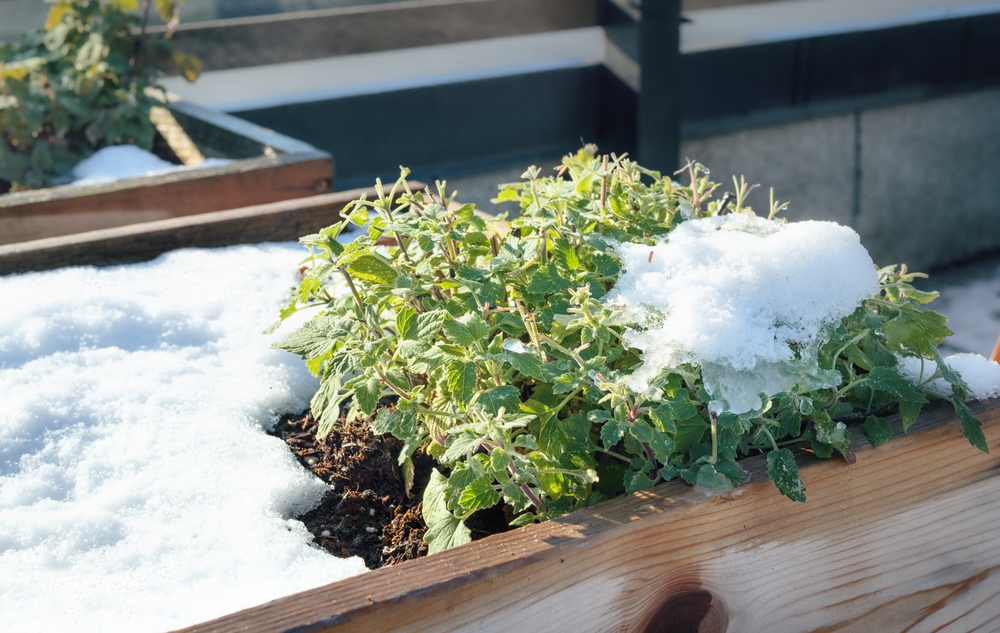Sure, you’ve always tried to eradicate this weed from your backyard… But there are many purslane benefits you’ve been missing out on!
When it comes to gardening, many of us have a natural tendency to eliminate weeds as soon as we catch sight of them. And one of the most common weeds that often gets the axe is purslane, a.k.a. Portulaca oleracea. Known for its fleshy, succulent leaves and vibrant yellow flowers, purslane is usually dismissed as a meddlesome weed.
However, you might want to reconsider before you grab that trowel to yank it out. You should know that purslane offers quite a few benefits that can improve your garden and even improve your health. So, as always, Gardeners and Plants has got your back!
Today, I’m exploring 14 compelling reasons you shouldn’t eradicate purslane from your garden. Plus, I’ll fill you in on all the added health benefits that comes with this common weed. Let me know in the comments if you know about these!
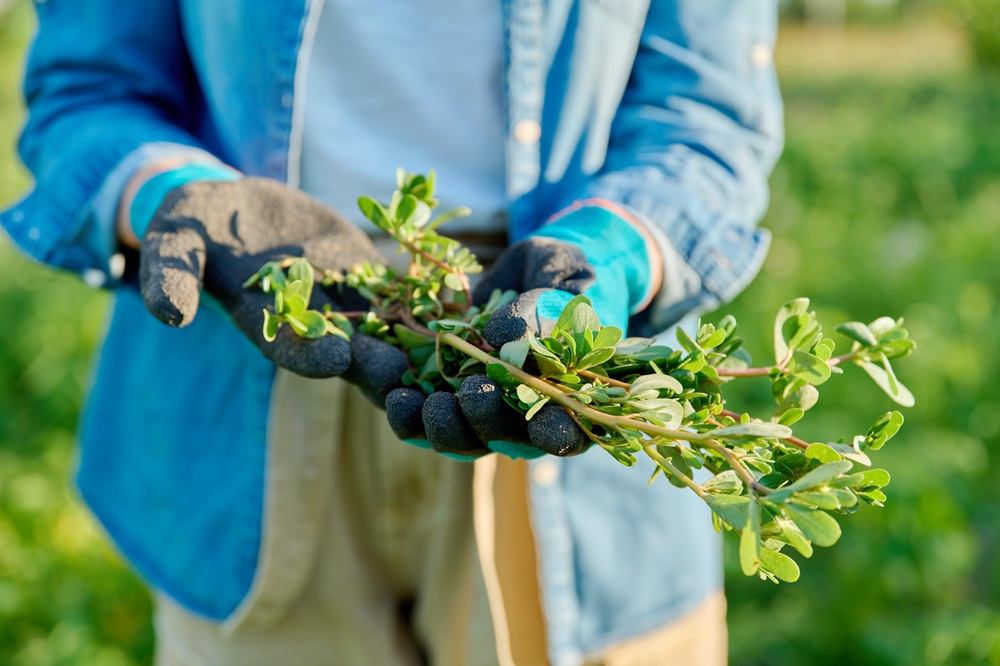
Purslane benefits in your garden:
Purslane benefit: It prospers in hard-to-grow spots
This weed is incredibly adaptable and hardy, thriving in environments where many other plants would wither away. Whether it’s a drought-prone area, full sun, or poor soil, purslane has evolved to survive in harsh conditions.
As a result, it’s an excellent choice for growing in the neglected spots in your garden. Its adaptability means it can even be grown in small containers, which makes it perfect for balcony gardens or areas where you have limited space.
Overall, it requires little care, fertilizer, or water once you’ve established in your outdoor area.
Purslane benefit: It improves the health of your soil
Purslane contributes to the soil rather than depleting it. As an annual plant, it completes its life cycle in a year, and when it withers away, it decomposes quickly, enriching the soil with organic matter.
This process improves soil texture and fertility, making it healthier for other plants in that spot. Besides this, the deep taproot of purslane can break up compacted soil, improving aeration and drainage, which also benefits other harvests in your garden.
Purslane benefit: It supports biodiversity
Many gardeners have begun focusing on supporting biodiversity and attracting pollinators to their gardens more in recent decades. And this common weed can play a huge role in this. Its bright, yellow flowers attract butterflies, bees, and other pollinating insects, which help improve the pollination of plants in your outdoor space.
By allowing purslane to thrive, you’re helping build a diverse ecosystem that supports various beneficial creatures. This ultimately improves the productivity and health of your entire garden. With its rich nectar, purslane is an outstanding addition to any garden that’s meant to attract pollinators.
Purslane benefit: It acts as a natural ground cover
Purslane’s low-growing, spreading qualities make it a fantastic ground cover plant. Filling in empty spaces in your outdoor space can prevent the growth of other unwanted weeds and helps decrease soil erosion.
As it blankets the ground, it forms a thick mat of leaves that shades the soil underneath, keeping it moist and cool, which is especially beneficial in hotter climates.
This is especially useful in areas where you want to avoid the maintenance that comes with mulching. Also, its ability to grow in poor soils that are dry makes it ideal for low-maintenance landscaping. It doesn’t need much watering, either, which can reduce unnecessary water usage in your garden.
Purslane benefit: It’s a natural pest repellent
Purslane has an interesting benefit in pest management. Although it doesn’t repel pests directly, it has the ability to attract beneficial insects like hoverflies, ladybugs, and predatory beetles. These insects help control mealybugs, aphids, and other harmful garden pests that might otherwise damage your plants.
Another thing to consider is that the fleshy leaves of purslane have a high water content, making them appealing to herbivorous pests.
But rather than leaving them to eat your prized veggies, you can harvest purslane before pests get to it, giving them a natural, low-maintenance snack in return for helping with pest control.
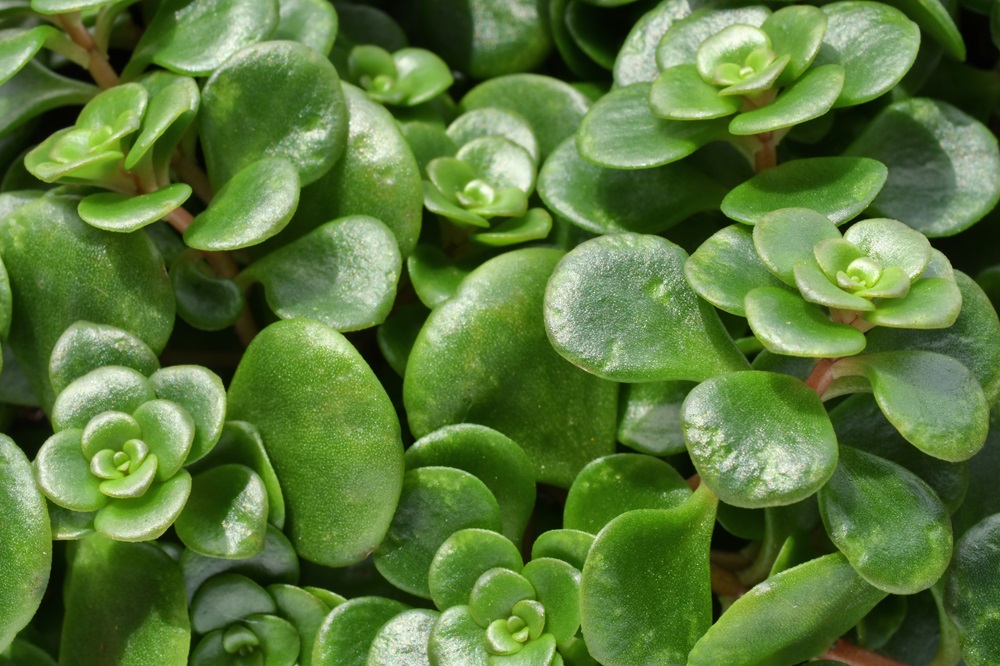
Purslane benefits regarding your health:
Nutritional value of purslane
As we mentioned, purslane has many fantastic health benefits. But let’s break it down. Here are all the nutritional values you should know about this wonder plant:
-It is an incredible source of vitamins A and C. B-rich in complex vitamins
-Contains zinc, potassium, iron, manganese, copper, magnesium, and calcium minerals.
-Very low in calories (only 16 kcal/100g).
-Contains potent antioxidant compounds.
-Purslane omega-3 is rich in single green leaf vegetables.
-High in fiber.
Purslane benefit: Can help manage diabetes
Some research indicates that purslane might have a beneficial influence on insulin sensitivity and blood sugar levels in those who suffer from diabetes. Compounds like alpha-linolenic acid and melatonin, which can be found in this common weed, have been studied for improving glucose metabolism and reducing oxidative stress associated with diabetes complications.
Also, the unique properties of purslane make it a fascinating candidate for diabetes management. It contains a rather high concentration of soluble fiber, slowing down the absorption of sugar in the bloodstream, helping prevent spikes in blood glucose levels after eating.
Besides that, the presence of natural antioxidants, like vitamin C and flavonoids, in purslane can contribute to its anti-inflammatory effects, which help alleviate insulin resistance and improve overall glycemic control. Furthermore, studies have demonstrated that bioactive compounds in purslane, including betaxanthins and betacyanins, might wield protective influences on pancreatic beta cells, which produce insulin.
By preserving beta cell viability and function, purslane could potentially improve insulin secretion and enhance the body’s ability to regulate blood sugar levels, offering a holistic approach to diabetes management.
Purslane benefit: Can help support bone health
Magnesium, calcium, and vitamin C are essential nutrients for maintaining bone health, and purslane is a good natural source of that. Regular consumption can contribute to preventing osteoporosis, strengthening bones, and lowering the risk of fractures, especially in aging adults.
Besides that, this weed possesses some other unique attributes that make it particularly beneficial for bone health. For instance, it has a high concentration of vitamin K, which is key in calcium regulation and bone metabolism. Vitamin K is vital in activating proteins that help bind calcium to the bone matrix, improving bone strength and mineralization.
This means that purslane contributes to the overall integrity and density of bones, reducing the risk of osteoporosis and fractures. Purslane also contains alkaloids and flavonoids that have antioxidant and anti-inflammatory properties.
Chronic inflammation and oxidative stress have been tied to impaired bone formation and bone loss. Purslane’s effects help relieve these harmful effects, promoting a healthy bone microenvironment conducive to optimal bone strength and density.
Purslane benefit: Can help support your heart
Quite a few studies have indicated that the omega-3 fatty acids in purslane might help lower LDL cholesterol levels and triglycerides, reducing the risk of cardiovascular diseases like strokes and heart attacks. On top of that, the potassium content in this so-called weed contributes to maintaining healthy blood pressure levels.
Purslane also exhibits potent antioxidant properties that contribute to its cardiovascular benefits. But that’s not all, folks! Purslane is rich in phenolic compounds, flavonoids, and vitamins A and C, which act as powerful antioxidants, protecting the blood vessels and heart from inflammation and oxidative stress.
Likewise, purslane has notable anti-inflammatory effects that are essential in maintaining heart health. As most of us know, chronic inflammation is the main culprit of cardiovascular diseases, contributing to the development of atherosclerosis and other cardiovascular difficulties. The anti-inflammatory compounds found in purslane help decrease inflammation, lowering your risk of heart disease.
Purslane benefit: Anti-inflammatory Properties
Purslane has been known to exhibit potent anti-inflammatory properties because of its high antioxidant content, especially beta-carotene and flavonoids. Among other things, these compounds help lower inflammation related to various chronic diseases, including arthritis, cardiovascular disorders, and certain types of cancer.
Besides this, purslane also contains high levels of omega-3 fatty acids, notably alpha-linolenic acid. This important fatty acid plays a vital role in modulating the body’s inflammatory response by hindering the production of pro-inflammatory molecules like cytokines and prostaglandins.
The synergistic action of these bioactive compounds in the weed contributes to its exceptional anti-inflammatory effectiveness, making it a beneficial botanical ally in fighting chronic inflammation. Given that and its diverse bioactive compounds, purslane is a fantastic therapeutic agent for managing various inflammatory conditions.
Research shows that including purslane in your diet or using its extracts in supplemental form could benefit those with inflammatory disorders such as inflammatory bowel disease, rheumatoid arthritis, and asthma. Ongoing studies have been exploring the potential use of purslane-derived compounds in the growth of anti-inflammatory medications and nutraceuticals, highlighting the rising interest in harnessing the therapeutic potential of this humble yet mighty plant.
As research continues to reveal the intricacies of purslane’s anti-inflammatory agents, it opens new routes for exploring its therapeutic applications and expanding our understanding of its part in promoting overall wellness.
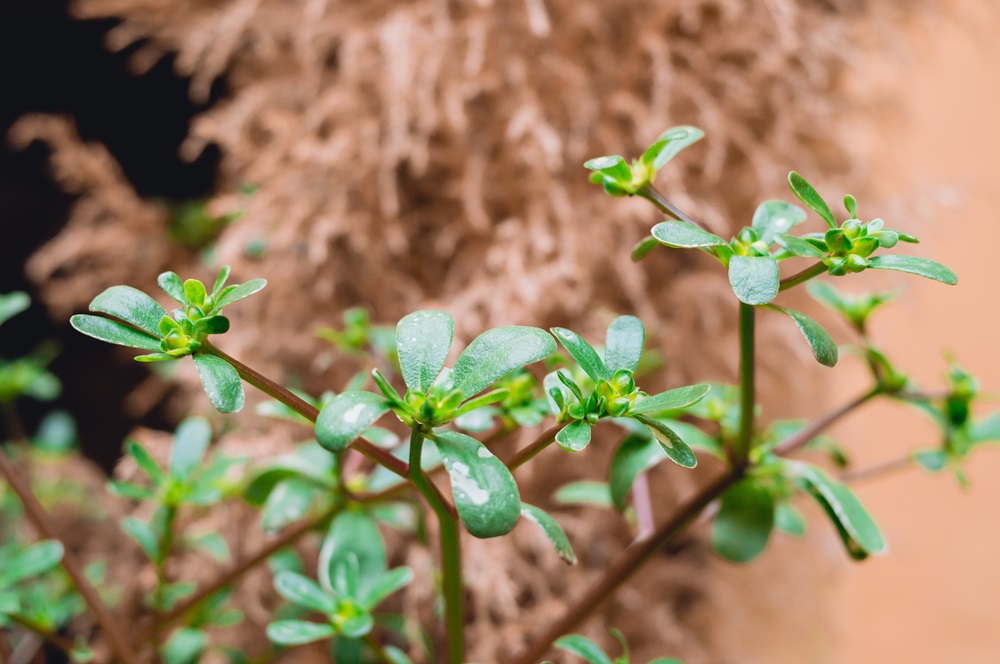
Purslane benefit: It may have cancer-fighting properties
Researchers have examined the potential anticancer properties of purslane, crediting its effects to various bioactive compounds like omega-3 fatty acids, flavonoids, and antioxidants. These compounds have confirmed the potential to deter the development of cancer cells in lab studies.
While more research is obviously needed to confirm these findings and comprehend what’s involved, this common weed shows promise as a natural dietary component in cancer management and prevention. Besides its diverse bioactive compounds, it also possesses distinctive characteristics that set it apart as an advantageous candidate in anticancer research.
Its succulent stems and leaves contain a special type of mucilage, a gel-like substance with potential medicinal properties. Studies suggest that purslane mucilage might be able to modulate the tumor microenvironment, inhibit angiogenesis, and disrupt communication between cancer cells and their surrounding tissues.
Purslane also exhibits an outstanding adaptability to various environmental conditions, thriving in arid, nutrient-poor soils and showing resilience to environmental stressors. This could be another thing that translates into heightened efficacy in battling cancer cells.
Purslane benefit: It can help keep your liver safe
At first glance, studies indicate that purslane might have hepatoprotective properties, which could help protect your liver from deterioration caused by alcohol, toxins, and certain types of medication. In animal studies, compounds found in this plant have been shown to support liver function and promote the regeneration of cells.
More research is needed to explore the precise mechanisms involved and the potential implications for liver health. Also, purslane stands out for its distinctive composition of bioactive compounds, contributing to its hepatoprotective effects.
Studies have identified specific phytochemicals in purslane, like polysaccharides and betalains, that show potent anti-inflammatory and antioxidant properties. They work together to fight inflammation and oxidative stress in the liver, repairing cellular damage and supporting overall health to your liver.
Furthermore, this humble weed can regulate critical signaling pathways involved in liver repair and regeneration. Research has shown that purslane extracts can stimulate growth factors like vascular endothelial and hepatocyte, which play essential roles in facilitating the migration and proliferation of liver cells.
By enhancing tissue repair mechanisms and liver cell regeneration, purslane holds promise as a natural therapeutic agent for managing liver damage and promoting recovery from liver-related conditions.
Purslane benefit: It can help keep your brain healthy
Studies show that purslane might benefit cognitive function. The antioxidants found in purslane can help protect our brain cells from inflammation and oxidative stress, which are involved in neurodegenerative diseases like Parkinson’s and Alzheimer’s. Further studies are required to explore the potential role this plant plays in supporting brain health.
But one of the standout features about it promoting cognitive function lies in its rich array of neuroprotective compounds. Beyond its antioxidant properties, purslane contains notable phytochemicals like dopamine and betalains, which are linked to cognitive performance and enhanced brain health.
Betalains, especially, have shown promising neuroprotective results by looking for free radicals and reducing inflammation in the human brain. Another thing that specialists have noticed is that purslane’s high potassium content might improve synaptic transmission and neuronal signaling.
Also, unlike synthetic supplements, this common weed offers a natural blend of minerals, vitamins, and phytochemicals that work together to support brain function. The bioavailability of these nutrients provides optimal absorption and utilization by the brain, maximizing their cognitive-enhancing and neuroprotective effects.
Researchers also realized that bioactive compounds like alpha-linolenic acid and melatonin in purslane might wield synergistic actions, promoting neuroplasticity, which is essential for memory, learning, and cognitive flexibility.
Purslane benefit: It can help support your immune system
This miracle plant contains various nutrients and bioactive compounds that can boost the body’s ability to defend against diseases and infections. Vitamin C, for instance, is well-known for boosting the production of white blood cells, among other things. And the antioxidants found in purslane help lower oxidative stress in the body.
And those betalains we mentioned before? They’re potent antioxidants that have immune-boosting properties. They can help offset harmful free radicals in the body, supporting overall immune health. On top of that, purslane is rich in minerals like zinc and magnesium, which play a very crucial role in our body’s immune function.
Zinc, in particular, is vital for the proper functioning of immune cells and has been demonstrated to lower the severity and duration of infections. Purslane also contains pectin, a soluble fiber renowned for its prebiotic effects. Pectin is a food source for healthy gut bacteria, promoting a healthy microflora balance in our digestive tract.
Since a significant portion of the immune system lives in the gut, maintaining optimal gut health is important for supporting your immune system. So overall, purslane can provide us with a holistic approach to immune system support.
… If you feel a cold coming on and you have some purslane in your garden, grab some shears and include this plant to your next cup of tea!
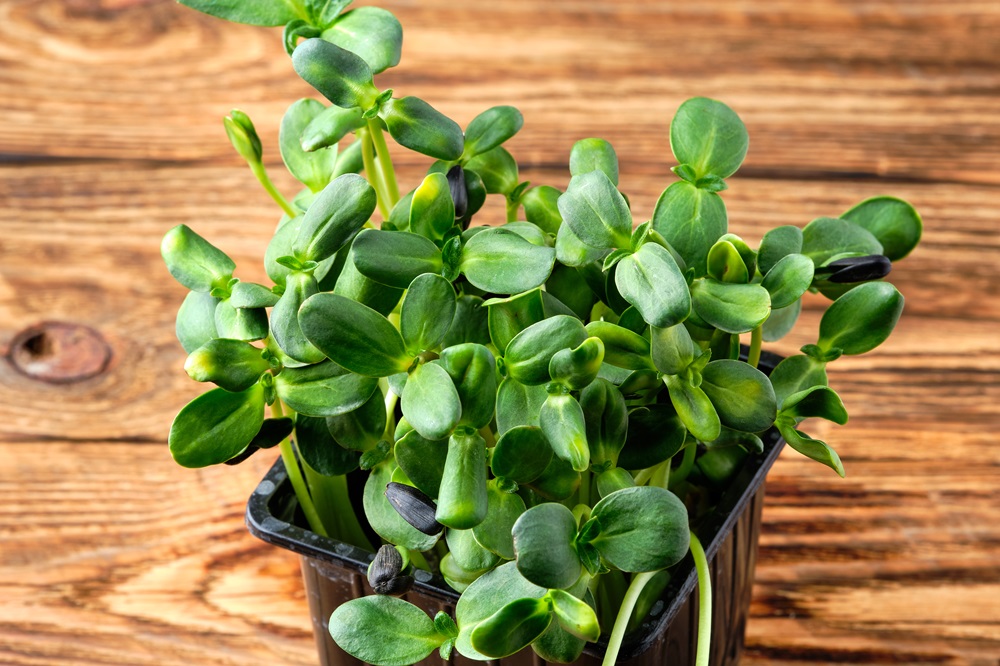
Purslane benefit: It can protect your eyes
Since purslane is rich in vitamin A and beta-carotene, it can maintain eye health and prevent age-related macular degeneration and cataracts. These nutrients help support optimal vision, especially in seniors.
Plus, this common weed contains unique antioxidants such as betaxanthins and betacyanins, which contribute to its vibrant coloration and offer additional protection against oxidative stress in the eyes. These powerful antioxidants work together with beta-carotene and vitamin A to neutralize free radicals and reduce inflammation, further improving the overall health and strength of the ocular tissues.
Furthermore, the higher concentration of omega-3 fatty acids found in purslane, particularly alpha-linolenic acid, plays a crucial role in maintaining the structure of the retina and supporting optimal visual function.
So what do you think? Will you still be pulling out this common weed after reading about all these purslane benefits? Let us know in the comments section below.
Meanwhile, if you found this article useful, we think you might also like: 20 Beautiful Ornamental Grasses to Add Texture to Your Garden

